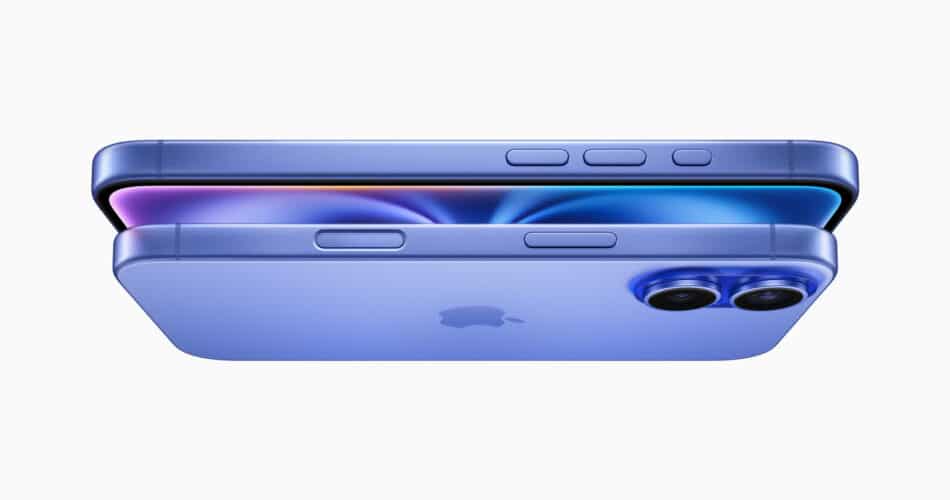Apple’s 2025 iPhone lineup is shaping up to be one of the most innovative in recent years, with the introduction of the iPhone 17 Air garnering significant attention. This device is expected to redefine smartphone design by being the thinnest iPhone ever created. According to Bloomberg’s Mark Gurman, the iPhone 17 Air will be approximately 2 millimeters thinner than the iPhone 16 Pro, which currently measures 8.25mm. If accurate, this would place the new device’s thickness at just 6.25mm, breaking the record held by the iPhone 6, which was 6.9mm.
The reduction in thickness is attributed to Apple’s custom-designed 5G modem chip. Unlike Qualcomm’s modem chips used in previous models, Apple’s in-house design allows for better integration with other components, freeing up internal space without compromising battery life, camera performance, or display quality. This engineering feat is set to debut not only in the iPhone 17 Air but also in the iPhone SE 4 and a low-cost iPad in 2025.

While design is a primary focus, performance will not be overlooked. Reports suggest that the iPhone 17 Air will include a 6.6-inch display and a single rear camera. It is also likely to feature advanced display technology such as ProMotion with a 120Hz refresh rate. Camera capabilities may see a significant boost, with the main sensor upgraded to 48MP and the front-facing camera resolution jumping from 12MP to 24MP.
One notable aspect of this design shift is the exclusion of a physical SIM card slot, a move that complements the slimmer profile. Apple’s continued exploration of thinner, more efficient display technologies may further contribute to the device’s sleek appearance. While the custom modem may not yet match Qualcomm’s top download speeds of 4 gigabits per second, Gurman notes that real-world usage differences are likely negligible, ensuring that users experience seamless connectivity.
The iPhone 17 Air’s design has also sparked discussions about its pricing. Positioned as a mid-tier device, it may carry a premium price tag due to its unique form factor. Apple’s decision to include its custom modem in this model and the SE 4 reflects a deliberate strategy to gradually phase out Qualcomm modems over the next three years.
(via Bloomberg)
Subscribe to our email newsletter to get the latest posts delivered right to your email.

